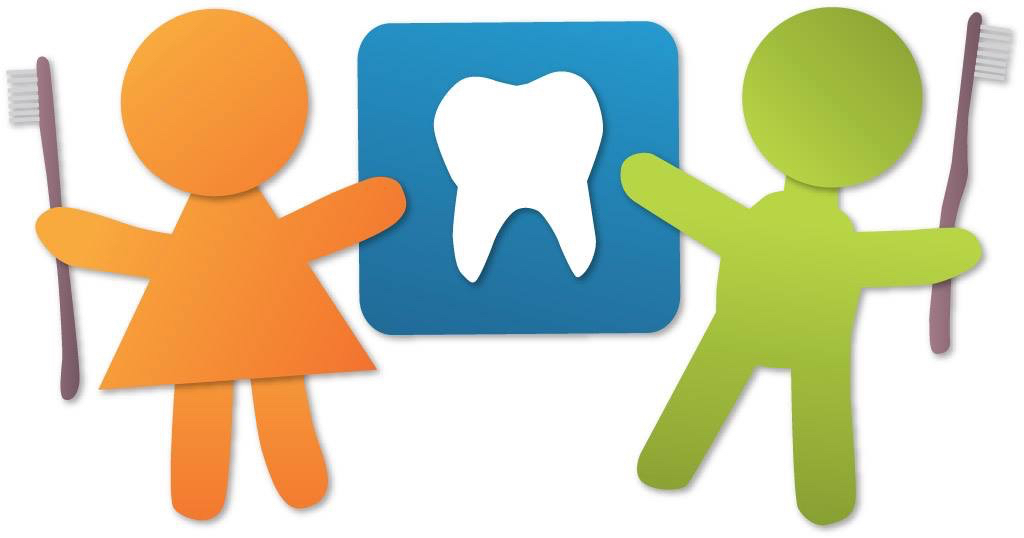Are x-rays really necessary?
Radiographs (x-rays) can be a vital part of your child's checkup. Without them, certain dental conditions can be missed. There are more things to look for than just cavities, such as cysts, abscesses, the progress of dental development, and the future orthodontic concerns of your child.
The American Dental Association and the American Academy of Pediatric Dentistry recommend radiographs and complete examinations every 6 months for children with a “high risk” for tooth decay. At the first examination appointment, our office may obtain a baseline set of x-rays of your child to determine the current status of your child's mouth and to check for any hidden problems.
X-rays allow our dentists to diagnose and treat health conditions that cannot be detected during a visual clinical examination. If dental problems are found and treated early, dental care is more comfortable for your child and more affordable for you.
If your child is very young, our dentist may first do a complete visual examination and advise you if any decay is seen. This can be done because the primary teeth often do not touch, and our dentist can see and feel all of the surfaces of the tooth. If decay is visually detected by our dentist, x-rays will need to be taken to determine the extent of the decay and to determine the correct treatment plan for your child.
There are many diseases and dental defects, which can not be seen by the naked eye, especially where teeth are concerned. These may include such things as decay under an old filling, teeth trapped below the gums, cavities between the teeth, bone loss as the result of gum disease, and changes in jaw bone structure which can be affected by many systemic diseases. X-rays are vital in determining the extent of facial and dental injuries to your child.
The three most common types of dental x-rays are the bitewing, periapical, and panoramic x-rays. Bitewing x-rays are those that are taken during most routine dental check-ups and are essential for revealing cavities between the teeth. Periapical x-rays show the entire tooth, including the roots, as well as the bone surrounding them. These x-rays are useful in helping to diagnose an abscessed tooth as well as periodontal (gum) disease. The third type of x-ray commonly used in dentistry, the panoramic x-ray, as its name suggests, gives a broad overview of your child's entire mouth. This x-ray supplies information about the teeth, upper and lower jawbone, sinuses, and other hard and soft tissues of your child's head and neck. A panoramic x-ray is indicated approximately every five years for your child to check for anything unusual such as missing or extra teeth or pathology such as a cyst.
Is it safe to have x-rays taken?
The answer is yes! Numerous precautions and advances in x-ray equipment and techniques help protect your child from receiving unnecessary radiation. The amount of radiation received from a dental x-ray examination is extremely small compared to other naturally occurring sources of radiation such as minerals in the soil, radon, and cosmic radiation from outer space. Unlike their medical counterparts, dental x-rays are very low in radiation. Lead body aprons and neck shields will protect your child. Today’s equipment filters out unnecessary x-rays and restricts the x-ray beam to the area of interest.
Another reason that x-rays are safe is that the amount of radiation needed to expose a dental x-ray is very minimal due to the small size of the dental film itself. The areas in your child's mouth that are being x-rayed are far less dense than other areas of your child's body and therefore require very little radiation to pick up the image.
Dental X-rays may reveal:
fractured jaw
bone damage
abscessed teeth
malocclusion of teeth
unerupted or impacted teeth
periodontal disease (gum disease)
the presence and extent of dental caries
the number, size, and position of your child's teeth
other abnormalities of your child's teeth and jaw bones
Doctor Wang, Doctor Perea-Corkish, Doctor Gerodias and the other Doctors of Discovery Pediatric Dentistry make no warranties, expressed or implied, as to any results to be obtained from use of the information on this page. We cannot diagnose or treat patients over the Internet. Information on this site is for educational purposes only. You should not rely on this information as a substitute for personal, medical, and/or dental attention or diagnosis. Without all available information about a patient, it is impossible to make a diagnosis. Help and answers are in the form of general ideas. Only you, your dentist, and other necessary and qualified health care providers can make an appropriate treatment decision in an emergency or for everyday care and dental treatment.
